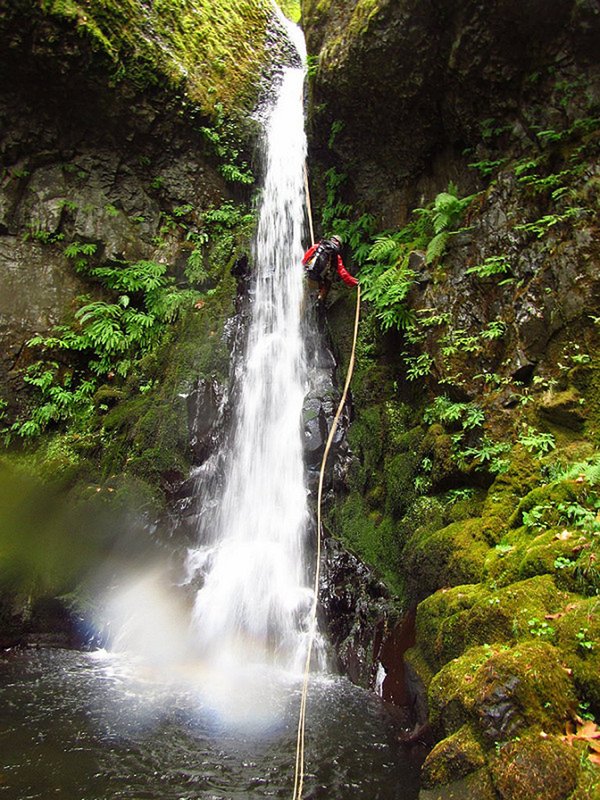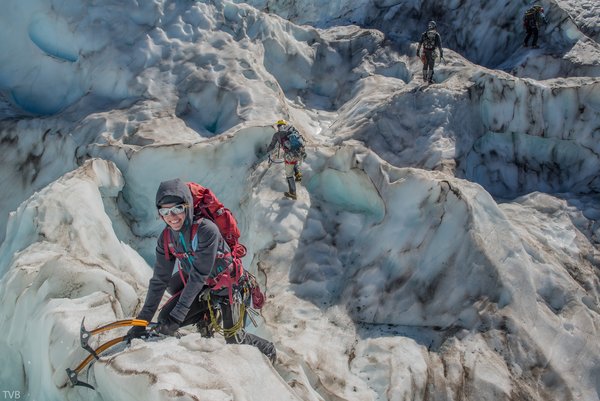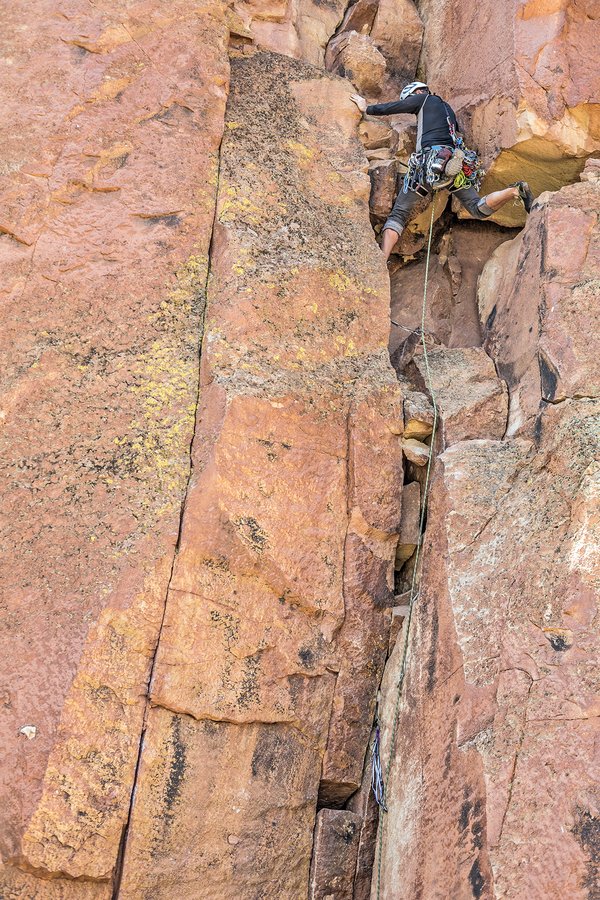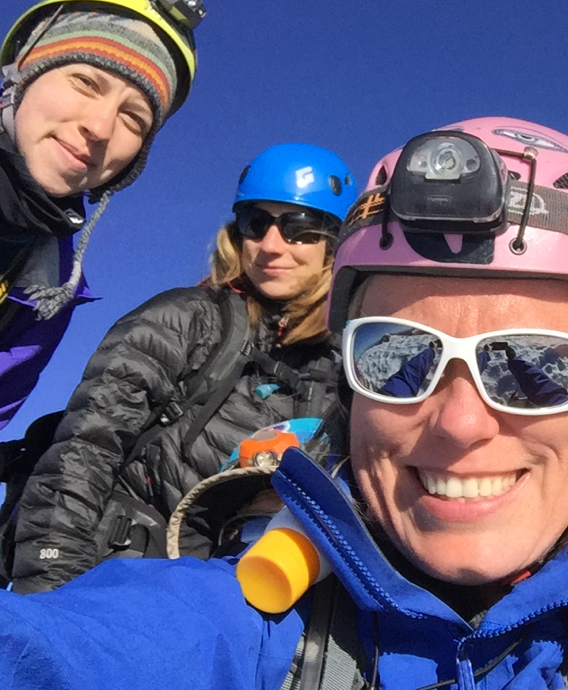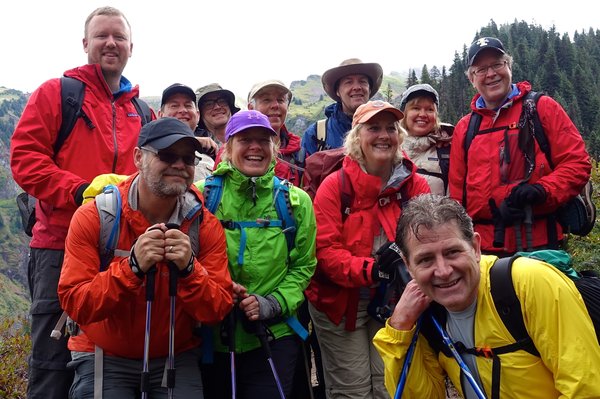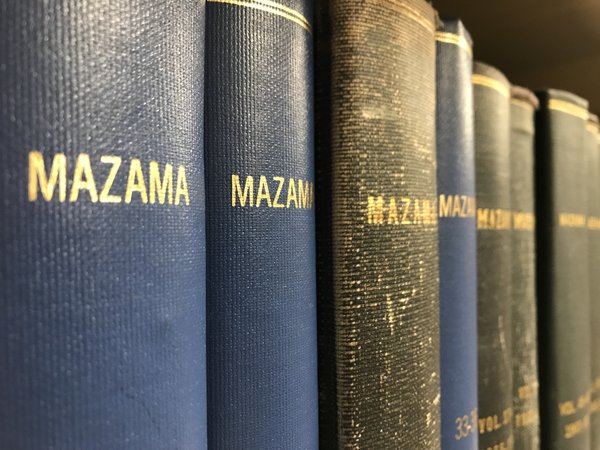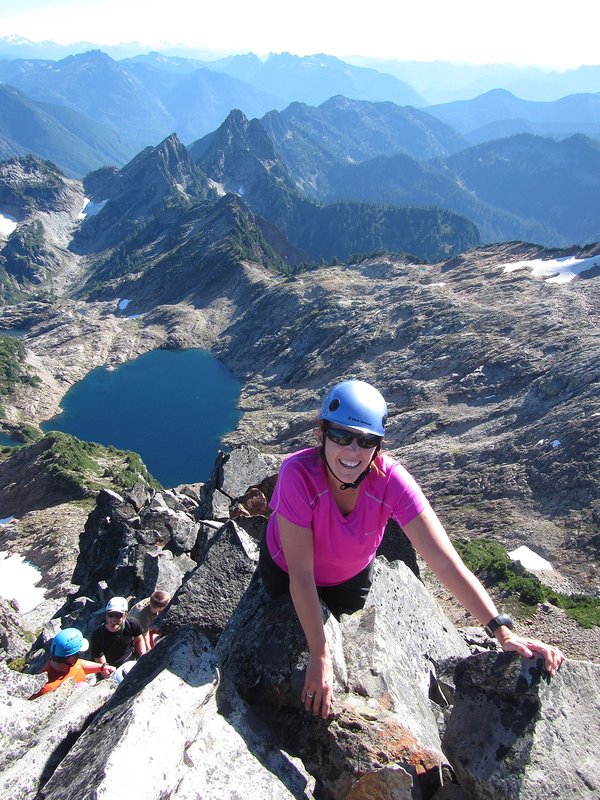Most routes on these peaks would be best to put off until you have accumulated more experience. Some are very popular, and it would be difficult for a first-year climber to get accepted for them.
Mt. Rainier, (Disappointment Cleaver or Emmons Glacier) — high and far (9,000 feet of elevation gain in two days), much in demand. Serious glacier travel, complete with crevasses. Not much air at the top.
Mt. Stuart – even the easier routes have very long approaches, a very long day of climbing.
Mt. Shuksan, Fisher Chimneys — long, sometimes treacherous; scary in places. Not for the faint-hearted.
Mt. Baker — long approaches, some routes are hard, lots of glacier travel.
Mt. Shasta — very long, very high, far from here. Last 1500 ft are a real killer.
Mt. Olympus — 44 mile round trip; has bare glacier ice, crevasses, rock summit. Spectacular climb, but a serious undertaking.
Glacier Peak — long approaches, lots of glacier travel. Beautiful base camp.
North Sister — has some very steep, sometimes icy, traverses, rockfall and other objective hazards.
Mt. Hood, Sunshine — very steep in places, long and intimidating, but beautiful. Normal descent is down the south side route.

